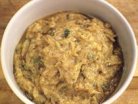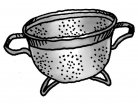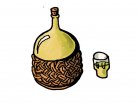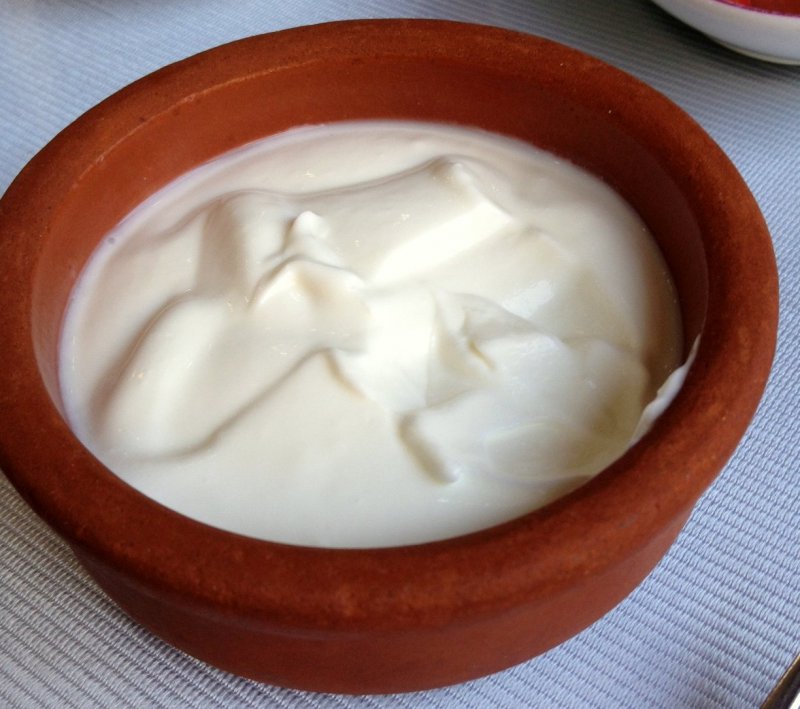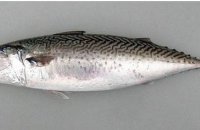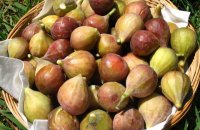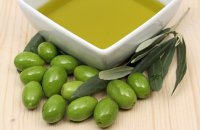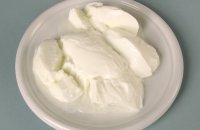Although its exact birthdate has not been determined, archaeologists can trace the origins of yoghurt back to the Middle East. Over time, both trade and warfare led to the distribution of the product across the globe.
In Western Europe, yoghurt made its first appearance in the 16th century, specifically at the royal court of France. Although records show that King Frances I was particularly fond of poultry and venison, his love of fruit was known throughout the country. As a result of his support and efforts, the French countryside dramatically advanced its methods of cultivating cherries, figs, peaches and apricots. The king was known to savor any and all of the exotic and expensive fruit varieties that arrived at Court. It seems that his love of unusual tastes was detrimental to his digestive system.
But his love for unusual tastes caused considerable damage to his digestive system, ultimately resulting in a serious stomach disorder by 1542. As the months progressed, the painful symptoms persisted and no cure could be found. Eventually, as the king neared death, a certain healer arrived from Istanbul, offering a cure. The word spread that this was a man who could make miracles from the by-products of sheep’s milk.
The doctor arrived in the Court of France on foot accompanied by his flock of sheep. Without delay, he set about painstakingly making the famed concoction, finally offering it to the king. Tasting it only briefly, the king was cured of his stomach aliments almost instantly. The concoction, a simple mixture that we refer to as yoghurt, spread across Western Europe like wild fire. People were astounded by its myriad benefits. Still today, the French refer to yoghurt as the "milk of ever-lasting life."
Did you know?
- Yoghurt from buffalo milk is richer and sweeter than that from cow’s milk.
- Horse’s milk has a higher percentage of butter than cow’s milk.
- Camel’s milk has no butter and therefore less fat.
- Reindeer milk has a 20% fat content and a 10% protein content.
A Yoghurt Tale
Though the history of yoghurt may be vague and mysterious, the Gourmed team would like to share a yoghurt-related story that is sure to bring a smile to your face...
Country:
Category:
Related Articles
Most Popular recipes







































